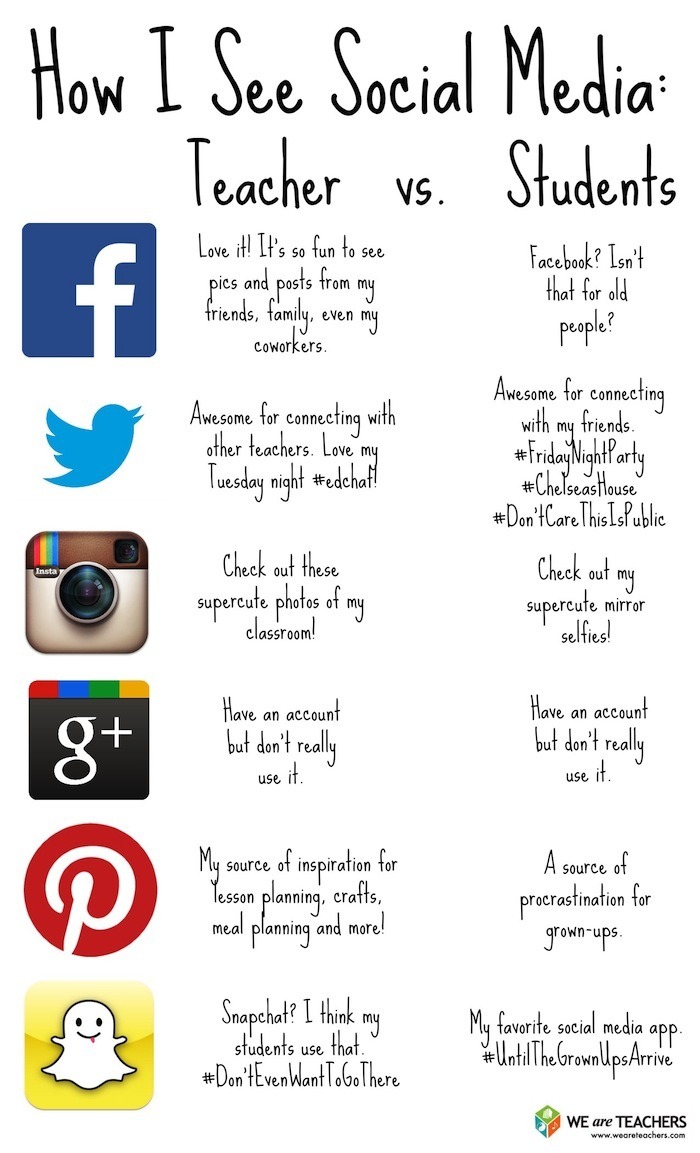
Children are called digital
natives. Teachers are outsiders in their world. How do educators make meaningful
connections on students’ turf without it coming across as forced and incoherent?
Many reports about connecting with students tell that educators need to use the
mediums that children access in their daily lives. They are online in social
environments. Facebook, Twitter, and Instagram are only a few. Education is a
social process. Through logical reasoning, the crossover should be simple to
accomplish. Using these devices to engage in dialogue with students does not
automatically elevate us to acceptance. The possible result of diving headfirst
into social media integration is the equivalent of the awkwardness of watching
an adult speaking to a child while using intonation and faddish slang.
So, how do you make a connection? First it is important to understand how and why children make connections in online communities.
So, how do you make a connection? First it is important to understand how and why children make connections in online communities.
Online identities exist in three levels.
1. True identity: This is the truest self and includes real profile
names and personal information.
2. Pseudonymity: This provides a level of protection to the user. Fabricated
profile names or user IDs take on aspects of the true personality without directly
revealing the identity. A person who plays as a pitcher on a baseball team may
use a name like, “fastball123.” Reputation building is possible and others in
the community come to recognize the individual through this identity.
3. Anonymity: This has the most obscurity in online social
environments. Reputations are impossible to build without the ability to take
credit for contributions in the online community (Junco, 2014).
For more about online identity
development:
 |
| Download Infographic |
The second part of coexisting in
this environment is remembering that while you are opening a door to them in
their native environment, you are still the teacher. Treat the social network
like an extension of the classroom. Build and plan the use of social media into
lessons and curriculum. Do not use social media simply as a bridge to gain the
student’s attention. This method is a lure and will create distrust. This infographic provides an excellent process for using social media.
Still reluctant? You are not alone. While research and surveys show that teachers recognize the importance of the use of technology in education, many are still not using it. Check out this link to read an article that could help if you are still on the fence.